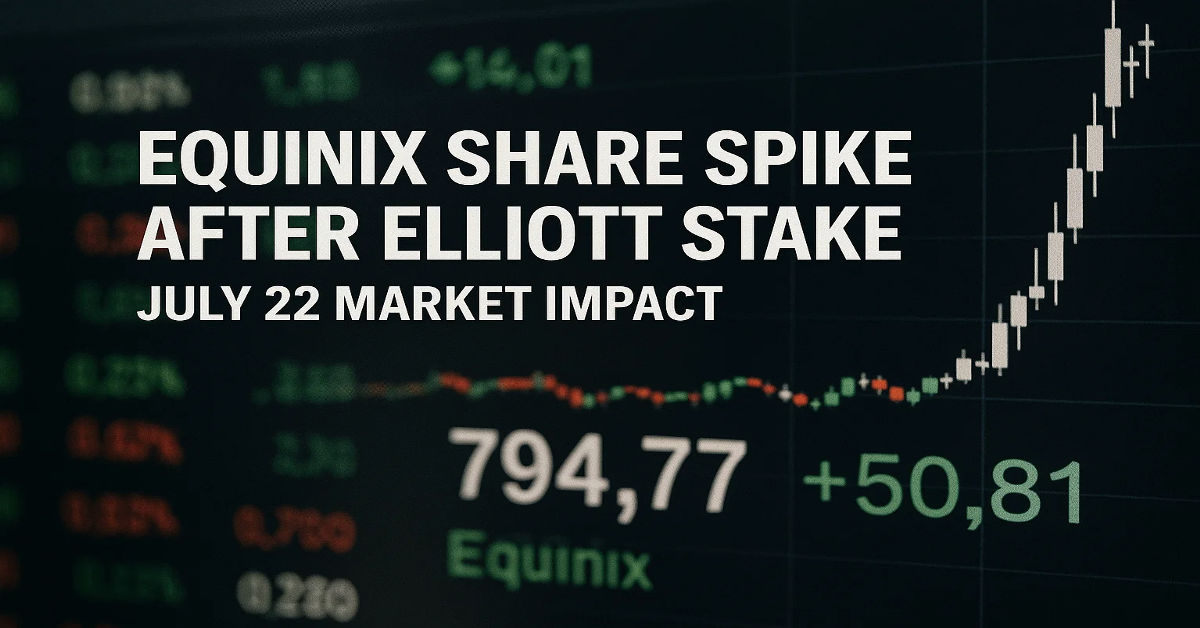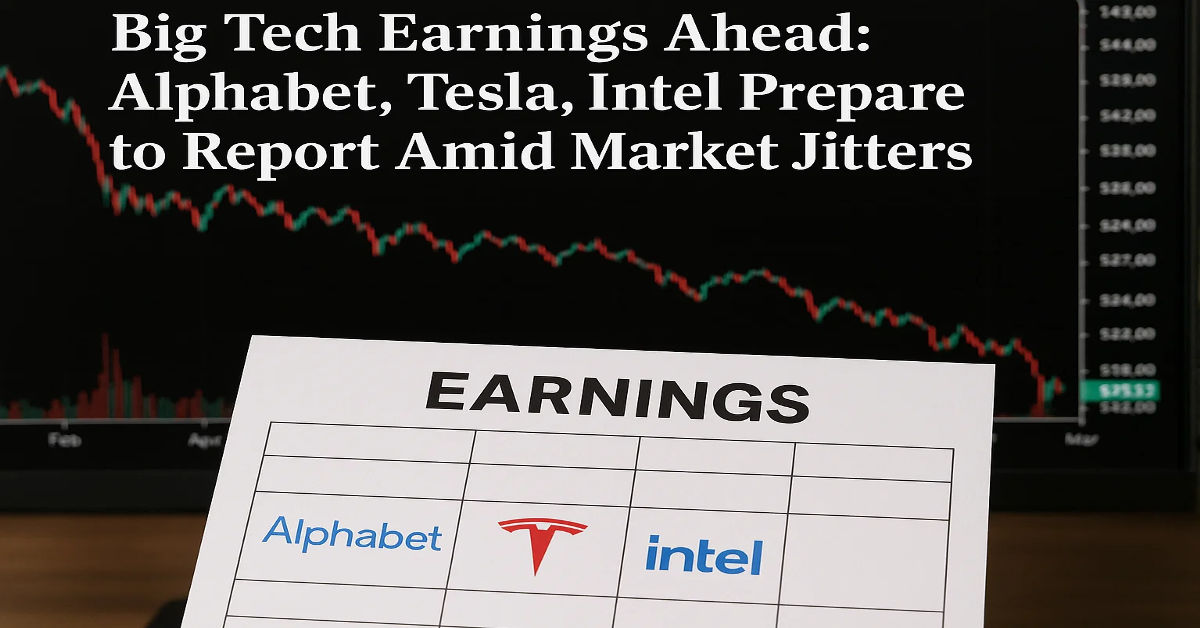
According to NerdWallet, leverage trading crypto is a financial trading strategy that lets traders access the opportunity to make big gains while risking small amounts. Leverage, in the crypto markets, allows traders to open positions significantly larger than the sums of money they actually have. This allows you to leverage a larger trade with a smaller amount of capital. For instance, if you have $100 and 10x leverage, you can trade $1,000. The idea is to Netscape more profit from less price movement. But it’s crucial to bear in mind that leverage not only magnifies your potential profits it also magnifies your potential losses. If the market turns the other way, you can lose money quickly, all of it.
How Does Leverage Work in Crypto?
In crypto, leverage is supplied by trading platforms like Binance, Bybit, Bitget, KuCoin and others. These platforms permit traders to select how much leverage they want to use which can differ from 2x, all the way up to 100x whereas if your leverage is 10x, a 1% move in the price of a cryptocurrency might make the price of 100% in your portfolio, or to the contrary. Profit (gain), as well as loss, is also magnified by leverage and you are exposed to the risk of losing more than your account balance (i.e. you could still end up owing the broker money). The amount of leverage you take will affect the amount of price change required to have a significant impact on your trade. This could work in your favor if your prediction is accurate but it can be cataclysmic if you were wrong.
Margin: The Money You Put Up
When you open a leveraged trade, you have to pay for a certain amount of money upfront called the margin. This cushion serves as the collateral for the loans. When you trade with 10x leverage, your margin is only 10% the size of the trade. So if you want to be involved in a $1,000 position, you only have to put up $100 of your own money as margin. But if the market price goes in your losing direction things can get ugly fast and margin can be eroded quickly. If the value drops below your own money, the exchange might issue a margin call or sell your holdings to stop further losses. And this is precisely why trading on margin can also be very risky during periods of high market volatility, you can lose your entire margin in a matter of minutes.
Long vs. Short Positions
On leverage trading we can long and short. By taking a long position, you are predicting that the price of a cryptocurrency will increase, and you invest in it, hoping to eventually sell it at a higher price. With a short position, you are betting that the price of the security is going to drop and, accordingly, you sell it now with the intention of buying it back at a later date at a lower price. With leverage, you can make money whether rates are rising or falling. It is flexibility like this which makes leveraged trading so popular among more professional traders. But it’s worth noting that both types of trades come with risks. When you are wrong, your losses can add up quickly as a result of the leverage.
Liquidation: The Risk of Total Loss
Liquidation is a common nightmare for many trading on leverage. It is when your losses are exceeding your margin, and the exchange is forced to liquidate your position to stop your losses. The more leverage you employ, the closer your liquidation price is to your entry price. If for instance you use 100x leverage, a move of only 1% against your position can already result in being liquidated! A lot of traders lose money there, especially when they are new to leverage. Keep an eye on your position/liquidation level is extremely important. Using lower leverage and placing stop-loss orders can help minimize the chances of liquidation.
Why Traders Use Leverage
Leverage is popular because it allows traders to make more money with more modest capital. It permits more room for positions, which means bigger profits if the market moves in the right direction. Leverage is used by professional traders as a tool to hedge or to profit from small fluctuations in the market. For instance, in day trading or scalping strategies, leverage allows traders to profit from small movements. But getting good use out of leverage is a combination of knowing the market, having trading psychology and risk control. It isn’t something used for gambling and guessing, it’s a strategy that must be approached with thoughtful planning and self-discipline.
Risk Management Is the paramount issue if you are serious about preserving your trading equity.
Leverage Trade and Risk Management Leverage trading is all about risk management. Certainly losses can get away from you in a hurry without it. Smart traders never risk all of their money on a single trade.” It’s often a small 1% to 2% of their capital on their trade. Concepts such as stop loss orders, take profit levels, and the correct position size are crucial to risk management. A stop-loss closes your position automatically if the price hits a certain level, preventing further losses. Take-profit, however, does just the opposite it enables profits to be taken at a predetermined price level. Traders need to stay dispassionate and follow a strategy, not emotions. Leverage trading is not about getting everything right all the time it’s about managing risk, and surviving long enough to make some profits in the long run.
Platforms for the Leverage Trading
Numerous crypto exchanges provide leverage trading with differing feature sets, fees and levels of leverage. Binance offers up to 125x leverage on some futures contracts, and Bybit offers up to 100x. Other popular leverage trading options include Bitget, OKX and KuCoin. some platforms are more appropriate for new traders whereas others are built for professional traders. Make sure you read the terms and understand how margin, liquidation and fees work before you start using any platform. Several exchanges have “program trading” built in their own set of features for demo accounts or simulation modes and these are great for beginners to get their feet wet without any money on the line.
Advantages and Disadvantages of Leverage Trading
There are pros and cons to leverage trading. On the upside, it can enhance the potential for profits, give you access to trade more assets with less capital, as well as give you flexibility for both rising and falling markets. But the negatives are risk, potential liquidation, the difficulty of the math and the stress of decision-making. Novice traders often are seduced by quick profits, only to lose all they have because they do not yet have the skills necessary to survive. Here are the key pros and cons:
| Pros | Cons |
|---|---|
| Higher profit potential | Higher risk of loss |
| More flexible trading | Possibility of liquidation |
| Can short the market | Complex for beginners |
| Uses less capital upfront | Requires strong discipline |
Conclusion
Trading crypto with leverage can be fun and profitable, but it’s not for everyone. If you are new to crypto or trading in general, avoid using high leverage until you are more experienced. Begin by educating yourself about the market, how leverage and margin work and the amount you can stomach losing. The right way to use leverage is responsibly use it as a tool, but not a gamble. Trade only with the amount of money you can afford to lose, and never let the emotions drive your trading decisions. Leverage traded correctly, under the right guidance, discipline and risk management could be a powerful part of your trading. Without these, it can result in fast and painful losses.
















































































































































































































































